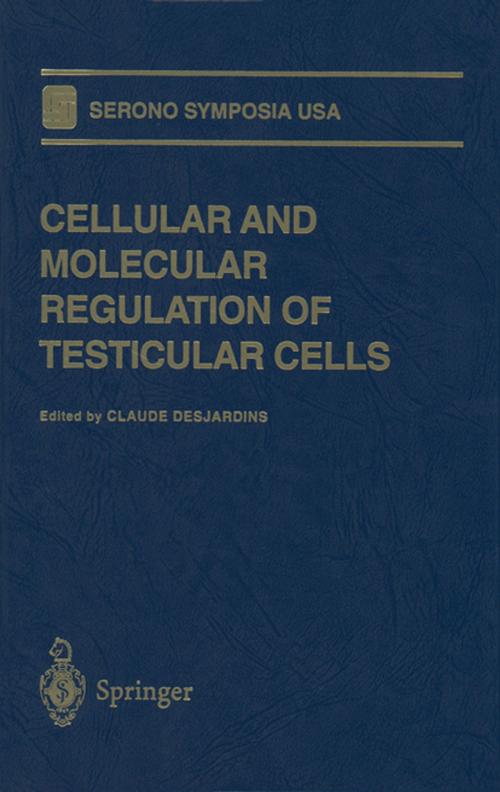Cellular and Molecular Regulation of Testicular Cells
Nonfiction, Health & Well Being, Medical, Specialties, Internal Medicine, Endocrinology & Metabolism, Gynecology & Obstetrics| Author: | ISBN: | 9781461223740 | |
| Publisher: | Springer New York | Publication: | December 6, 2012 |
| Imprint: | Springer | Language: | English |
| Author: | |
| ISBN: | 9781461223740 |
| Publisher: | Springer New York |
| Publication: | December 6, 2012 |
| Imprint: | Springer |
| Language: | English |
Conceptual advances in the biological sciences are marked by the applica tion of new techniques and experimental strategies. Nowhere has this ge neric principle been more apparent than in the study of testicular cells, as judged by the evolution of themes presented at the Testis Workshop over the past 23 years. Like its predecessors, the 1995 Testis Workshop was structured to offer fresh insights and approaches for understanding the mechanisms of spermatogenesis and steroidogenesis. The chapters pre sented in this book emphasize three aspects of testicular cell function: first, the molecular analysis of the cell cycle; second, examination of the cell cycle, including the function and identification of specific macromolecules that direct the proliferation and differentiation of germ cells; and third, the development of Leydig cells and the role of specific macromolecules in the formation of testicular steroids. Each chapter is based on a lecture presented at the XIIIth Testis Work shop held on March 30 to April 1, 1995, at the Radisson Plaza Hotel in Raleigh, North Carolina. The selection of topics reflects the recommenda tions of the workshop'S organizing committee. Sincere thanks are due to the speakers who agreed to lecture and prepare chapters.
Conceptual advances in the biological sciences are marked by the applica tion of new techniques and experimental strategies. Nowhere has this ge neric principle been more apparent than in the study of testicular cells, as judged by the evolution of themes presented at the Testis Workshop over the past 23 years. Like its predecessors, the 1995 Testis Workshop was structured to offer fresh insights and approaches for understanding the mechanisms of spermatogenesis and steroidogenesis. The chapters pre sented in this book emphasize three aspects of testicular cell function: first, the molecular analysis of the cell cycle; second, examination of the cell cycle, including the function and identification of specific macromolecules that direct the proliferation and differentiation of germ cells; and third, the development of Leydig cells and the role of specific macromolecules in the formation of testicular steroids. Each chapter is based on a lecture presented at the XIIIth Testis Work shop held on March 30 to April 1, 1995, at the Radisson Plaza Hotel in Raleigh, North Carolina. The selection of topics reflects the recommenda tions of the workshop'S organizing committee. Sincere thanks are due to the speakers who agreed to lecture and prepare chapters.















